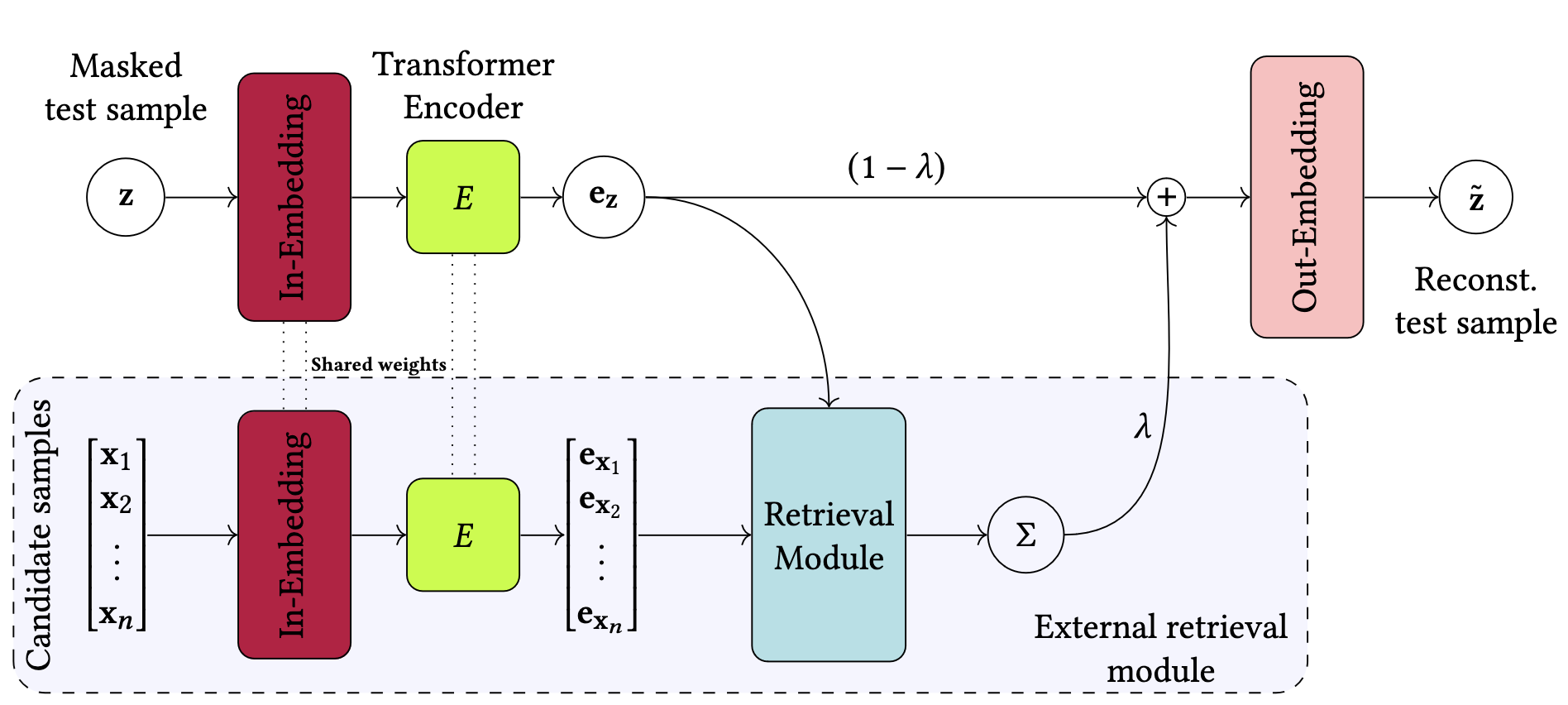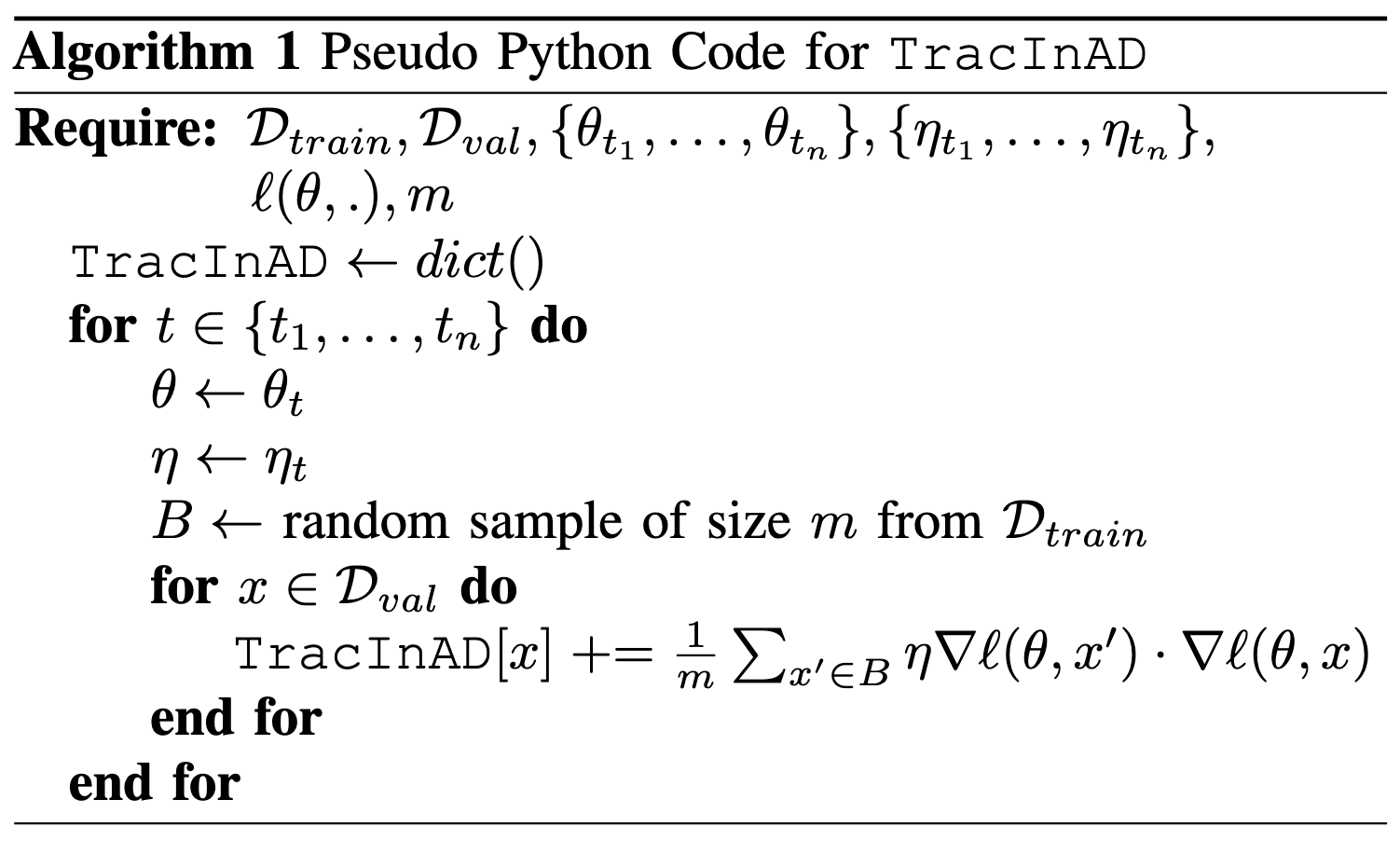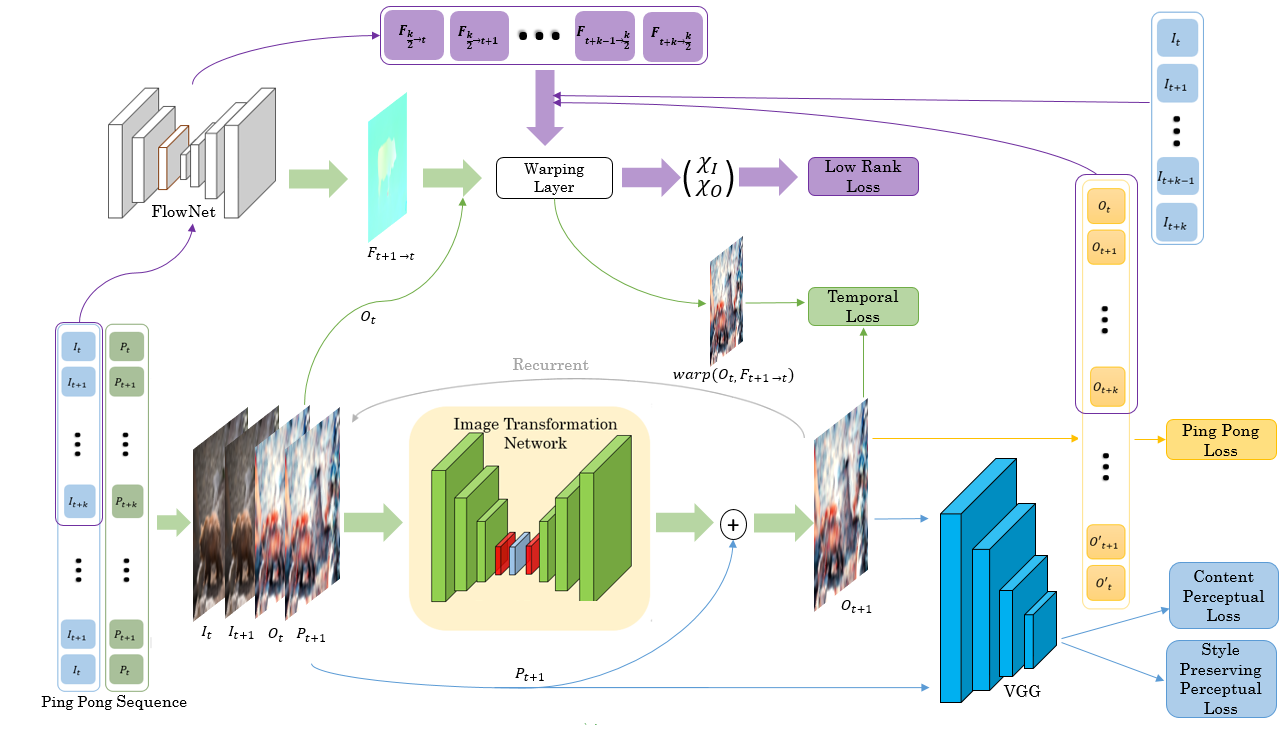Hugo Thimonier
PhD student, LISN
I am a third-year PhD student in computer science at LISN, member of the research chair LUSIS. My current research is focused on (supervised) anomaly detection and deep learning for tabular data. I am working under the supervision of Fabrice Popineau, Arpad Rimmel and Bich-Lien Doan. I have received an MSc degree in Statiscial Engineering from ENSAE and studied as a Normalien at ENS Paris-Saclay.
News
Research
ArXiv, 2024.
@misc{thimonier2024making,
title={Making Parametric Anomaly Detection on Tabular Data Non-Parametric Again},
author={Hugo Thimonier and Fabrice Popineau and Arpad Rimmel and Bich-Liên Doan},
year={2024},
eprint={2401.17052},
archivePrefix={arXiv},
primaryClass={cs.LG}
}
Deep learning for tabular data has garnered increasing attention in recent years, yet employing deep models for structured data remains challenging. While these models excel with unstructured data, their efficacy with structured data has been limited. Recent research has introduced retrieval-augmented models to address this gap, demonstrating promising results in supervised tasks such as classification and regression. In this work, we investigate using retrieval-augmented models for anomaly detection on tabular data. We propose a reconstruction-based approach in which a transformer model learns to reconstruct masked features of normal samples. We test the effectiveness of KNN-based and attention-based modules to select relevant samples to help in the reconstruction process of the target sample. Our experiments on a benchmark of 31 tabular datasets reveal that augmenting this reconstruction-based anomaly detection (AD) method with non-parametric relationships via retrieval modules may significantly boost performance.
NeurIPS 2023 Second Table Representation Learning Workshop.
@inproceedings{thimonier2023beyond,
title={Beyond Individual Input for Deep Anomaly Detection on Tabular Data},
author={Hugo Thimonier and Fabrice Popineau and Arpad Rimmel and Bich-Li{\^e}n DOAN},
booktitle={NeurIPS 2023 Second Table Representation Learning Workshop},
year={2023},
url={https://openreview.net/forum?id=lsn7ehxAdt}
}
Anomaly detection is vital in many domains, such as finance, healthcare, and cybersecurity. In this paper, we propose a novel deep anomaly detection method for tabular data that leverages Non-Parametric Transformers (NPTs), a model initially proposed for supervised tasks, to capture both feature-feature and sample-sample dependencies. In a reconstruction-based framework, we train the NPT to r econstruct masked features of normal samples. In a non-parametric fashion, we leverage the whole training set during inference and use the model's ability to reconstruct the masked features to generate an anomaly score. To the best of our knowledge, this is the first work to successfully combine feature-feature and sample-sample dependencies for anomaly detection on tabular datasets. Through extensive experiments on 31 benchmark tabular datasets, we demonstrate that our method achieves state-of-the-art performance, outperforming existing methods by 2.4% and 1.2% in terms of F1-score and AUROC, respectively. Our ablation study provides evidence that modeling both types of dependencies is crucial for anomaly detection on tabular data.
2022 International Joint Conference on Neural Networks (IJCNN).
@inproceedings{thimonier2022,
author={Thimonier, Hugo and Popineau, Fabrice and Rimmel, Arpad and Doan, Bich-Liên and Daniel, Fabrice},
booktitle={2022 International Joint Conference on Neural Networks (IJCNN)},
title={{TracInAD}: Measuring Influence for Anomaly Detection},
year={2022},
volume={},
number={},
pages={1-6},
doi={10.1109/IJCNN55064.2022.9892058}}
As with many other tasks, neural networks prove very effective for anomaly detection purposes. However, very few deep-learning models are suited for detecting anomalies on tabular datasets. This paper proposes a novel methodology to flag anomalies based on TracIn, an influence measure initially introduced for explicability purposes. The proposed methods can serve to augment any unsupervised deep anomaly detection method. We test our approach using Variational Autoencoders and show that the average influence of a subsample of training points on a test point can serve as a proxy for abnormality. Our model proves to be competitive in comparison with state-of-the- art approaches: it achieves comparable or better performance in terms of detection accuracy on medical and cyber-security tabular benchmark data.
2021 IEEE International Conference on Multimedia and Expo (ICME).
@inproceedings{thimonier2021,
author={Thimonier, Hugo and Despois, Julien and Kips, Robin and Perrot, Matthieu},
booktitle={2021 IEEE International Conference on Multimedia and Expo (ICME)},
title={Learning Long Term Style Preserving Blind Video Temporal Consistency},
year={2021},
volume={},
number={},
pages={1-6},
doi={10.1109/ICME51207.2021.9428445}
}
When trying to independently apply image-trained algorithms to successive frames in videos, noxious flickering tends to appear. State-of-the-art post-processing techniques that aim at fostering temporal consistency, generate other temporal artifacts and visually alter the style of videos. We propose a post- processing model, agnostic to the transformation applied to videos (e.g. style transfer, image manipulation using GANs, etc.), in the form of a recurrent neural network. Our model is trained using a Ping Pong procedure and its corresponding loss, recently introduced for GAN video generation, as well as a novel style preserving perceptual loss. The former improves long-term temporal consistency learning, while the latter fosters style preservation. We evaluate our model on the DAVIS and videvo.net datasets and show that our approach offers state-of-the-art results concerning flicker removal, and better keeps the overall style of the videos than previous approaches.




